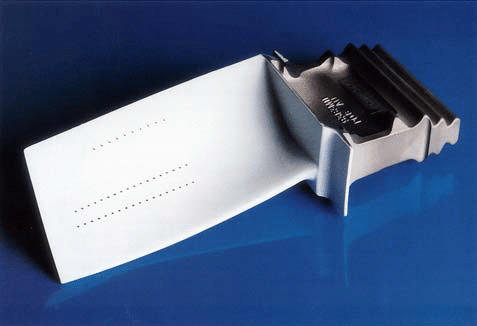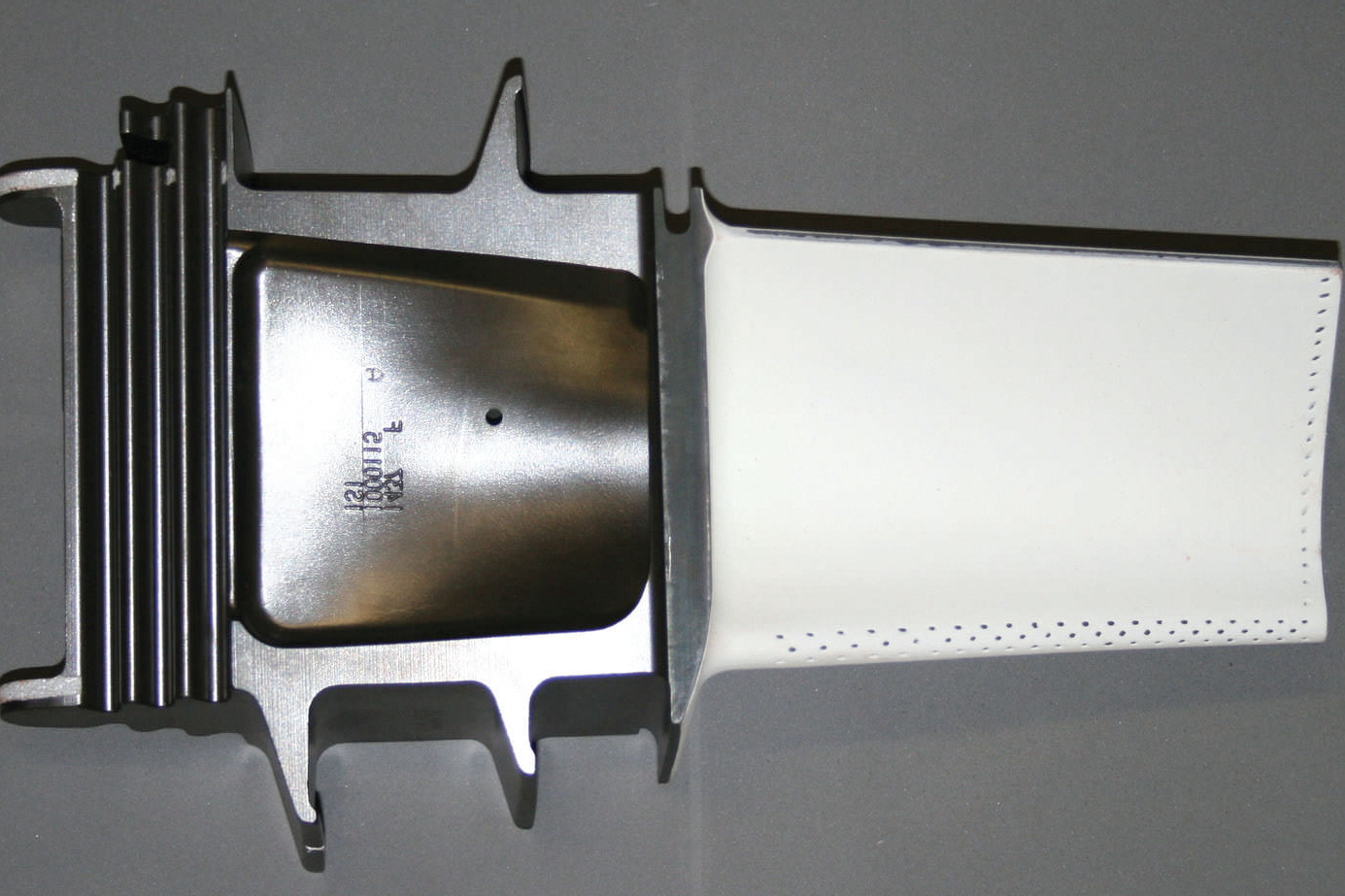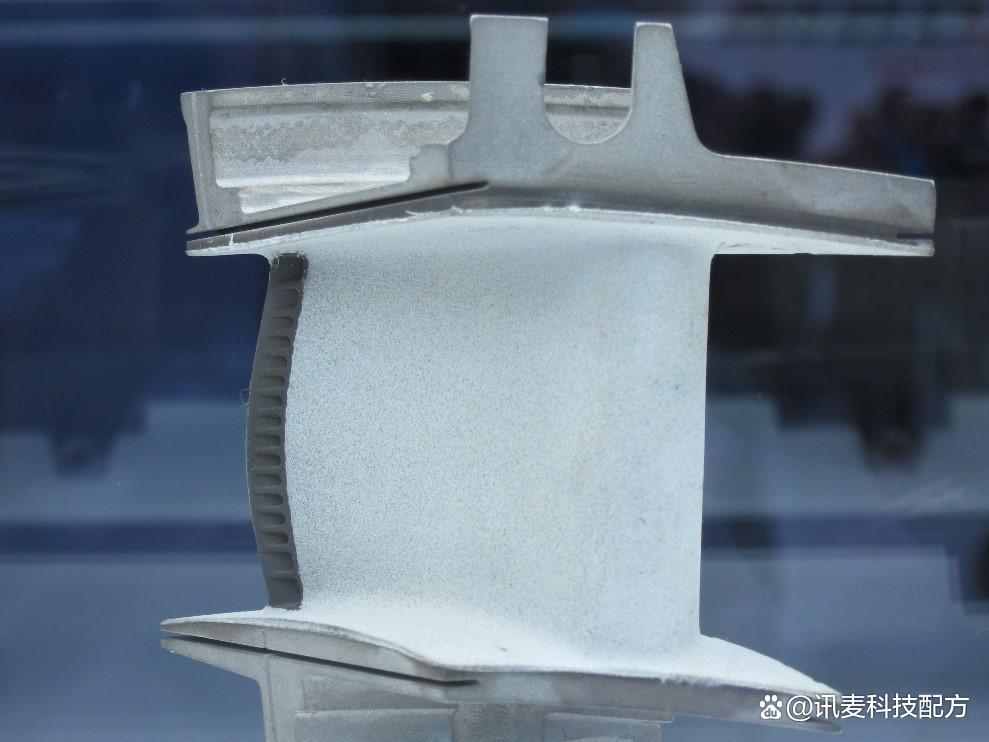What industries benefit from using TBCs in extreme environments?
What Industries Benefit from Using TBCs in Extreme Environments?
Aerospace and Aviation
The aerospace industry is the leading beneficiary of Thermal Barrier Coatings (TBCs), particularly for components exposed to high thermal loads, such as turbine blades, combustor liners, and nozzles. These parts, often manufactured through Superalloy 3D Printing, operate in environments exceeding 1000°C. TBCs reduce surface temperature and thermal stress, extending fatigue life and ensuring operational safety under extreme cyclic loading and high-altitude conditions.
Energy and Power Generation
TBCs are vital in energy and power systems, especially in gas and steam turbines, where components like fuel injectors, transition ducts, and hot-section seals experience continuous thermal cycling. Applied to parts made using Titanium, Carbon Steel, or Ceramic 3D Printing, TBCs improve thermal shock resistance, minimize oxidation, and support higher operational efficiency.
Automotive and Motorsports
In automotive and motorsport sectors, TBCs are applied to turbocharger housings, pistons, and exhaust systems—components frequently produced via Tool Steel 3D Printing or Titanium 3D Printing. TBCs reduce heat transfer to adjacent parts, protect structural integrity, and enable higher engine performance by maintaining optimal thermal gradients.
Defense and Hypersonic Systems
TBCs are mission-critical in defense platforms involving hypersonic and missile technologies. Components such as thermal shields, nozzles, and re-entry vehicle casings are often produced using Ceramic 3D Printing for their inherent heat resistance. TBCs further enhance these materials, enabling them to survive extreme heat flux and transient pressure during operation at Mach 5+ velocities.
Recommended Services for Extreme Thermal Applications
Neway supports extreme-environment industries with advanced manufacturing and coating solutions:
High-Performance Material Printing:
Superalloy 3D Printing: For turbine and combustor parts.
Titanium 3D Printing: For high-strength, lightweight engine components.
Ceramic 3D Printing: For thermal protection in hypersonic applications.
Thermal Coating and Reinforcement Services:
Thermal Barrier Coatings (TBC): Provides thermal insulation and surface protection.
Heat Treatment: Tailors microstructure and performance before coating.
Hot Isostatic Pressing (HIP): Ensures internal strength and fatigue resistance.



